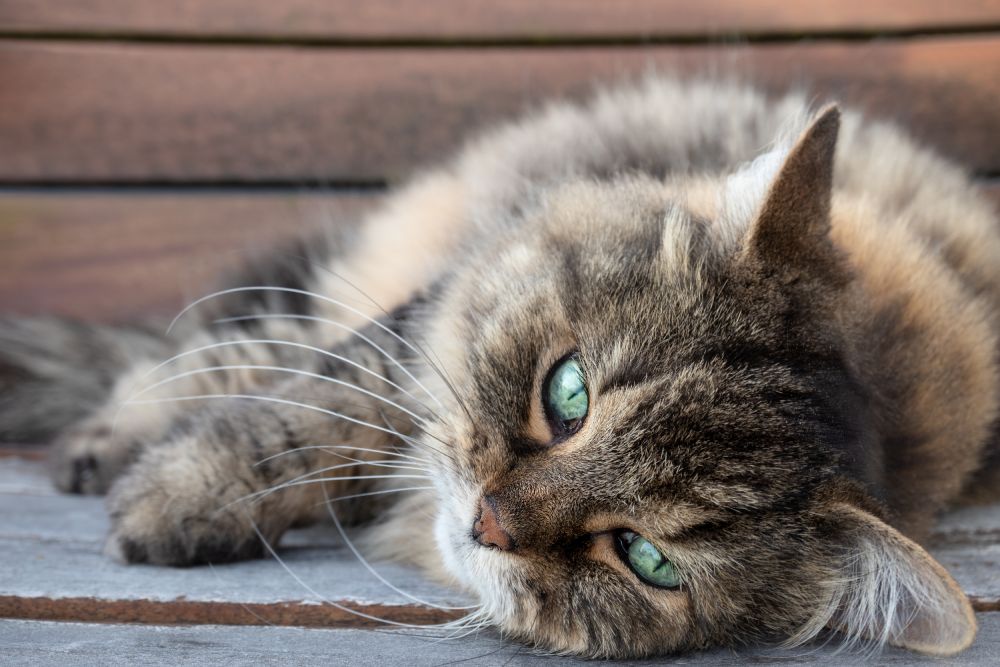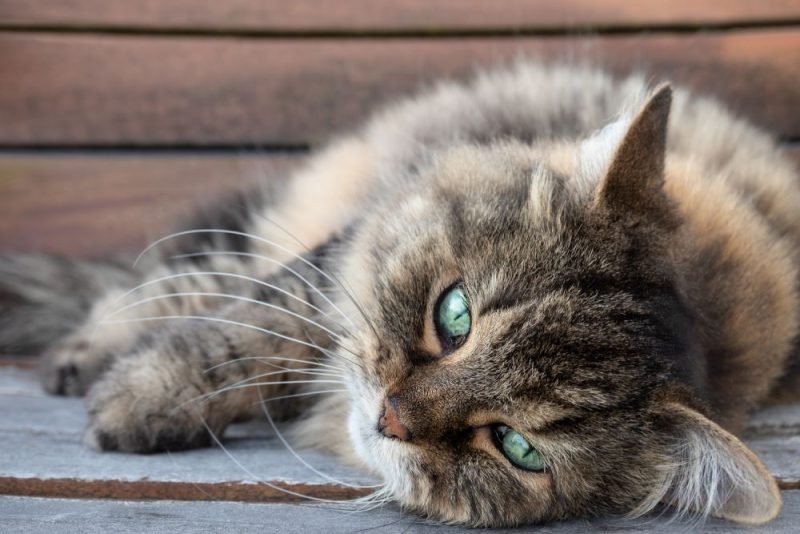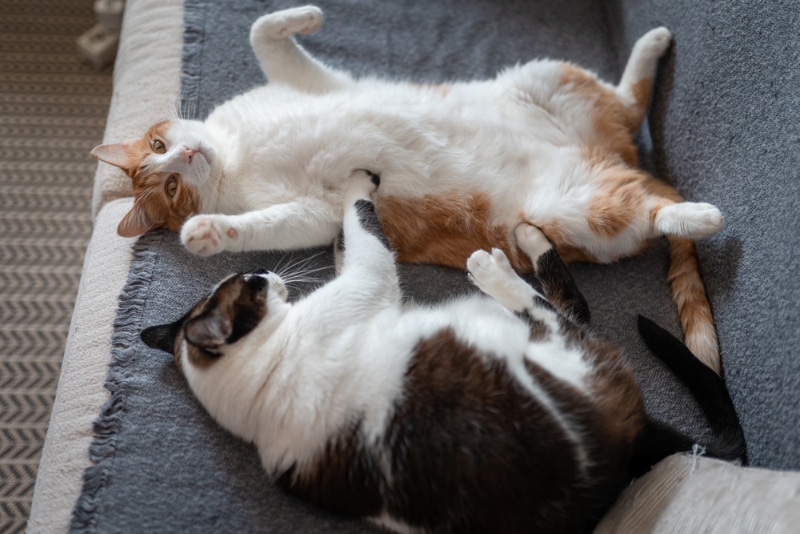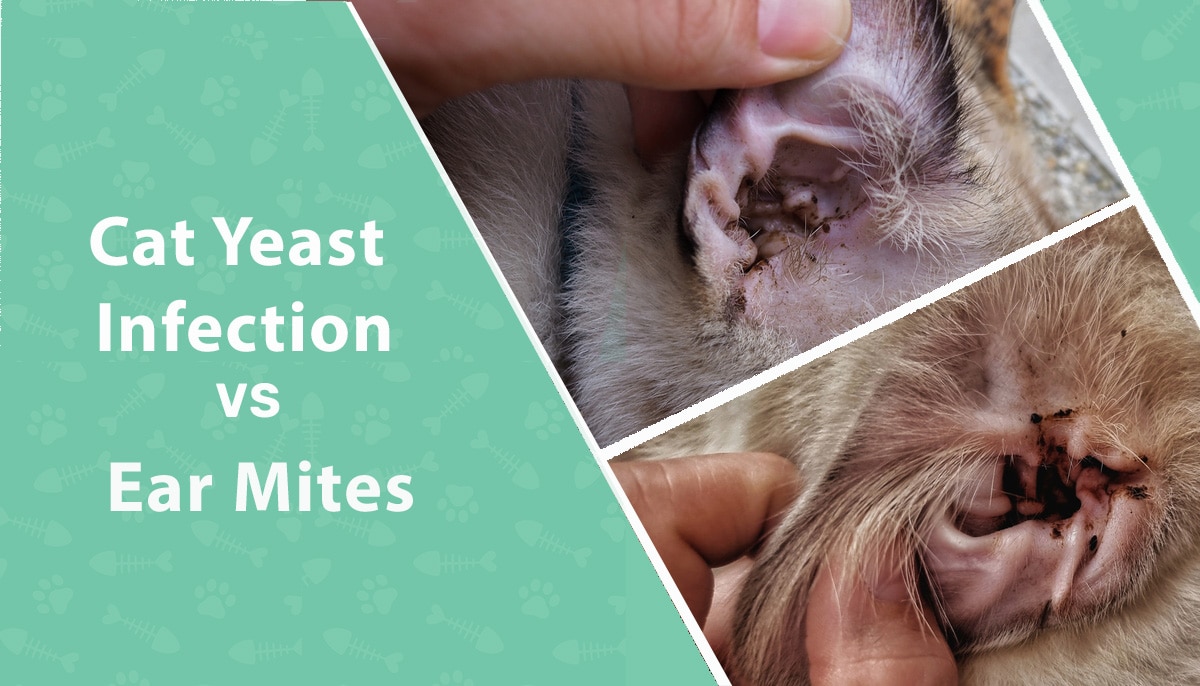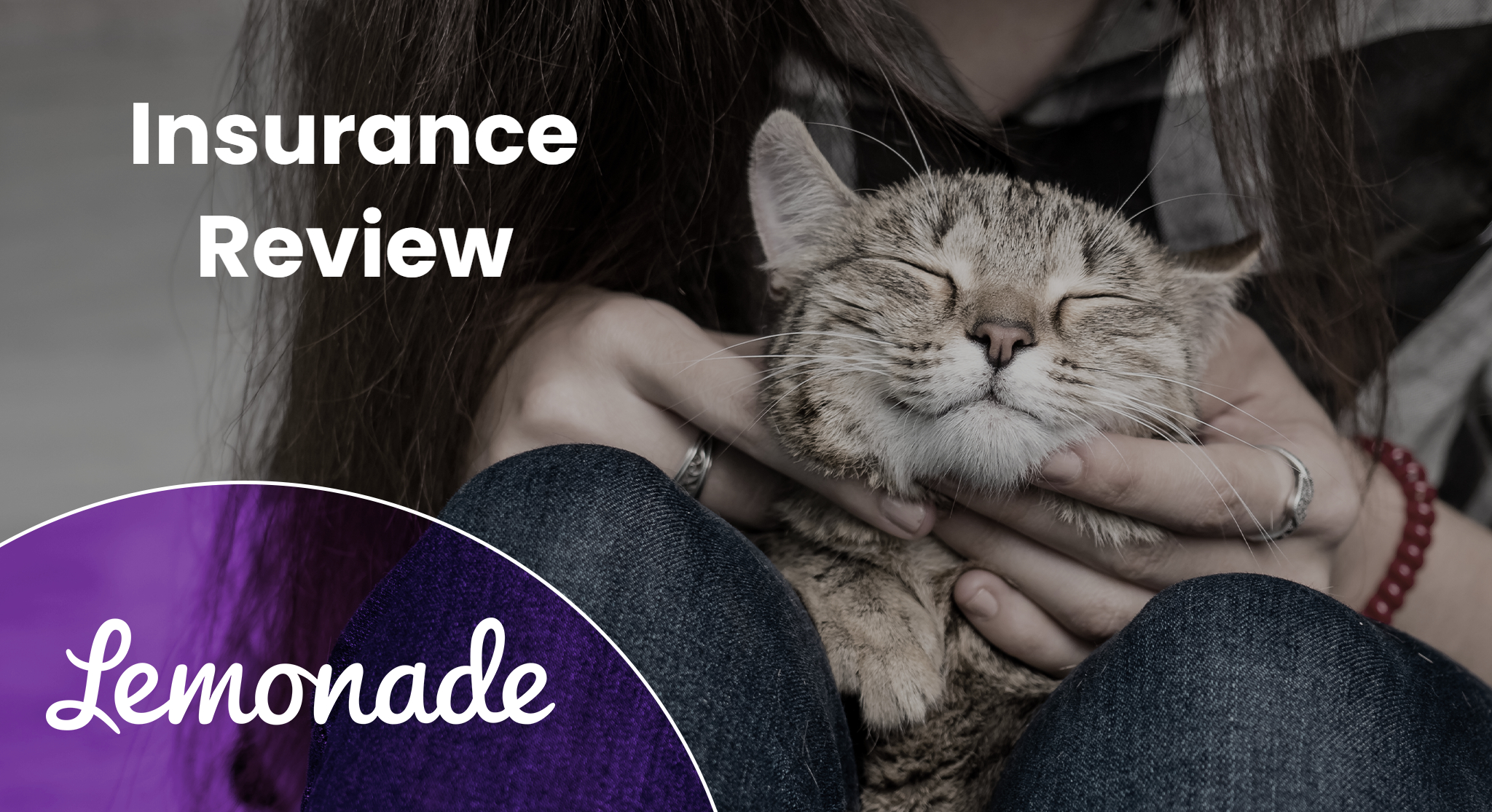It seems that one minute, you have a sprightly little kitten jumping around, ripping down your curtains, and the next, you have a lazy old senior who prefers taking window naps. Our animals’ lives certainly go far too quickly for our liking.
If your cat is reaching seniorhood, you are probably realizing that they don’t make it around quite as good as they used to. Tasks that once seemed easy to them might be very difficult now. In this article, we want to focus on making your cat’s life easier in the home.
The 8 Products for Senior Cats
1. Proper Diet – Purina Pro Plan Vital Systems 4-in-1 formula
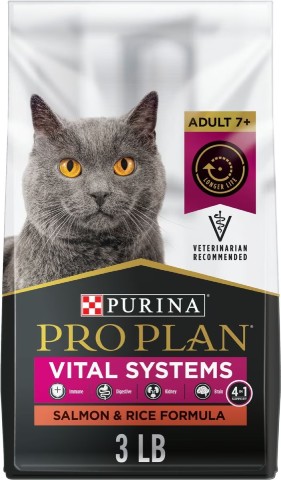
You may think that diet really doesn’t have to do with being able to get around the house, or does it? The primary key to ensuring your senior is able to navigate the household is to give them proper nutrition.
Purina Pro Plan Vital Systems 4-in-1 formula is a substantial recipe that offers prime nutrition to our waning friends. The recipe includes choline for brain function, antioxidants for an immunity boost, prebiotics for digestive health, and omega-3 fatty acids for skin and kidneys.
If they have a suitable nutrition for their life stage, their bodies will likely be able to fight illness and increase mobility. Seniors require a slightly different recipe than dog cats. As their bodies start to decline, they need an uptake in certain nutrients and a decrease in others.
A senior cat formula will be tailored specifically to meet the needs of this life stage. If you haven’t switched your senior to a different recipe yet, you could always ask your vet for recommendations. If you want to handle it independently, we’ll give you a good head start with this product.
2. Mobility Collar – ActivPhy Hip & Joint Mobility Collar for Cats
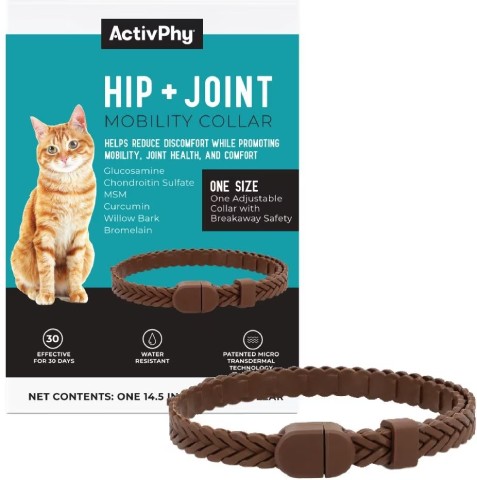
In addition to the proper diet there are other ways that you can boost mobility. One of the key components to doing so is promoting healthy exercise. As our cats age, their activity levels start to decrease and they typically show less of an interest and play engagement.
Ensuring your feline gets the right amount of exercise will hopefully increase their lifespans and keep them in good shape. But in addition to exercise and playtime, which will lessen as your cat ages, what can you get to ensure your pal is getting the right kind of stimulation?
We have an interesting idea. Check out the ActivPhy Hip & Joint Mobility Collar for Cats. Many happy owners claim this collar helps their cats’ overall mobility. The collar delivers much-needed glucosamine, chondroitin sulfate, MSM, curcumin, willow bark, and bromelain.
3. Age-Appropriate Toys – Catit Senses 2.0 Wellness Center
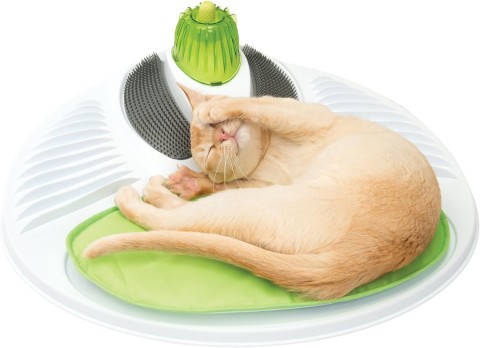
It is so incredibly important that your senior cat is able to relax and enjoy themselves when they are having downtime. Some of the activities they used to do might be a little daunting.
Your senior will likely not take to the same types of toys they did when they were young, so don’t be afraid to look for other options. If you are really drawing a blank, we can give you a pretty nifty suggestion.
The Catit Senses 2.0 Wellness Center just might be the change of pace your senior needs in their life. It offers 360° grooming ridges, massage stations, a padded cushion, the works! You can think of this as a self-grooming station so your senior can destress. It even comes with catnip to attract your cat to use it.
4. Raised Bowls – SUNQEBO Elevated Cat Bowls
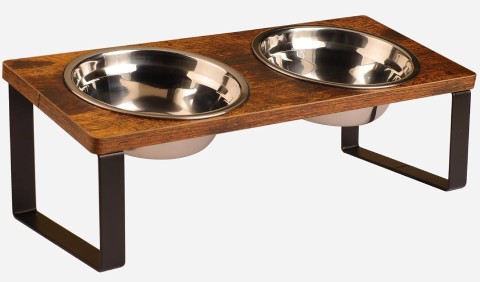
When your senior cat tries to eat or drink, they can have a little bit more difficulty than they used to. It’s really no wonder. Joints tend to tense up and aren’t quite as flexible as they once were.
Having their neck bent downward for long periods of time can really put strain on their cartilage and muscles. If you get them a raised bowl, they can easily eat out of them without eating or causing pain.
If you are not sure where to start, you might check out SUNQEBO Elevated Cat Bowls. These bowls are made of stainless steel and have an attractive but economical design. Your senior will have no trouble, as these bowls are both raised and tilted for maximum ease of use.
5. Easily Accessible Litter Box – Frisco Senior and Kitten Cat Litter Box
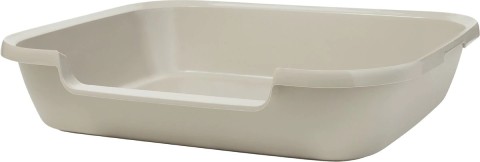
Going to the bathroom could be different for your cat these days. They used to not have a problem climbing in and out of the litter box, but now it could be a real problem. Your younger cats in the house might still be going in and out of their litter box at their leisure while you are senior struggles to make it. If that is the case, It might be time to reconsider your litter box setup.
This Frisco Senior and Kitten Cat Litter Box is explicitly designed for seniors in their time of need. It is both low to the ground and has a low point of entry, so your senior cat should have no trouble getting in and out of it. It is a product that gets raving reviews from users, so check it out.
6. Pet Wipes – Hepper Pet Wash Wipes
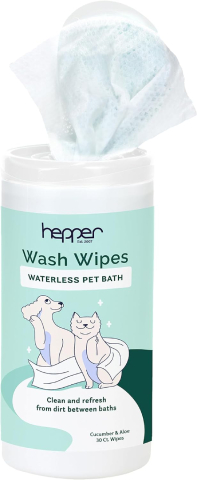
As our cats get older, and their joint and muscle function slows down, they may have more difficulties with grooming themselves. That’s where pet wipes can come in, as they can allow you to help your cat with their grooming and keep them clean.
These Hepper Pet Wash Wipes are a great option for pet wipes. They are made with a naturally derived formula and have a cucumber and aloe fragrance. They are also paraben, sulfate, and alcohol-free, and if you also have a dog, they can be used on dogs too.
At Catster, we’ve admired Hepper for many years and decided to take a controlling ownership interest so that we could benefit from the outstanding designs of this cool cat company!
7. Cat Steps – Frisco 18.5 or 24.5-inch 2-in-1 Cat & Dog Stairs
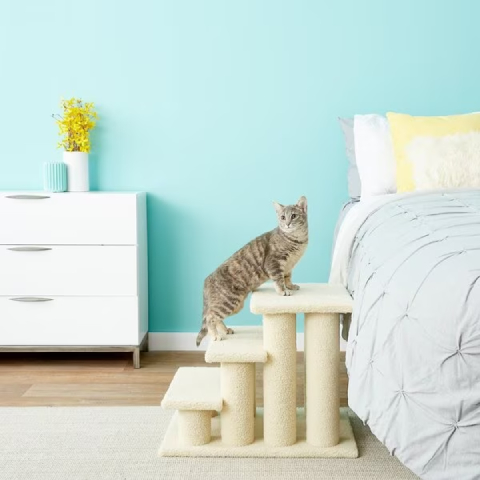
If your senior cat is having some trouble getting around, they might need a little extra boost to get up to higher places like the bed or couch, so why not buy a set of cat stairs for older cats?
You can always buy them a small set of stairs to get them where they’re going.
You might have already boosted your cat up in some other creative way at your house, but if you’re looking to make a quick purchase, let us suggest something. The Frisco 18.5 or 24.5-inch 2-in-1 Cat & Dog Stairs are a very solid, well-built set of stairs that will last you for a couple of years. Your senior can easily get up or down and you can move them wherever you need to.
8. Cat Bed – Frisco SW Stripe Rectangular Cuddler
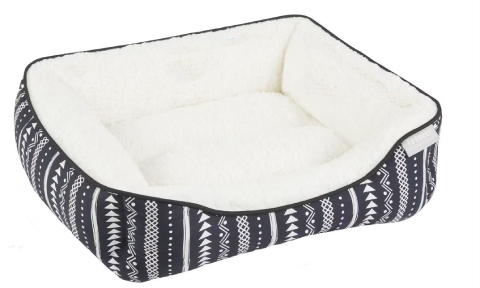
You may not think the type of bed you give your senior cat matters right? After all, they’re just going to use whatever they want to sleep on. But if you think about it, senior cats have less mobility, so they may not feel like or aren’t able to jump up on higher surfaces to sleep.
Having a cat bed that sits on the ground will still give your cat a comfy place to sleep. This Frisco SW Stripe Rectangular Cuddler cat bed has an open front that allows your senior cat to easily get in and out of it while the higher sides still make them feel safe and cozy. It’s made of cozy, plush material, and it can be machine-washed if you need to remove cat hair or dander from it.
Buyers Guide: Choosing the Best Products for Senior Cats
There’s no doubt that senior cats need accommodations as they age. They can no longer get around the house as easily as they once could. Luckily, there aren’t too many super expensive modifications that you need to make to your home if you have a senior cat. There are plenty of affordable products out there.
What Food Is Best for Senior Cats?
As a cat ages, their dietary needs change. Their metabolism slows down, making them prone to weight gain, so they need a food with fewer calories. They may also need food with ingredients such as glucosamine and chondroitin, which support joint health, or foods with more omega fatty acids to support a healthy coat.
Luckily, most foods formulated for senior cats have all of these ingredients in them. We offered you a great food suggestion above, but just know that there are plenty out there to suit all budgets and your cat’s preferences.
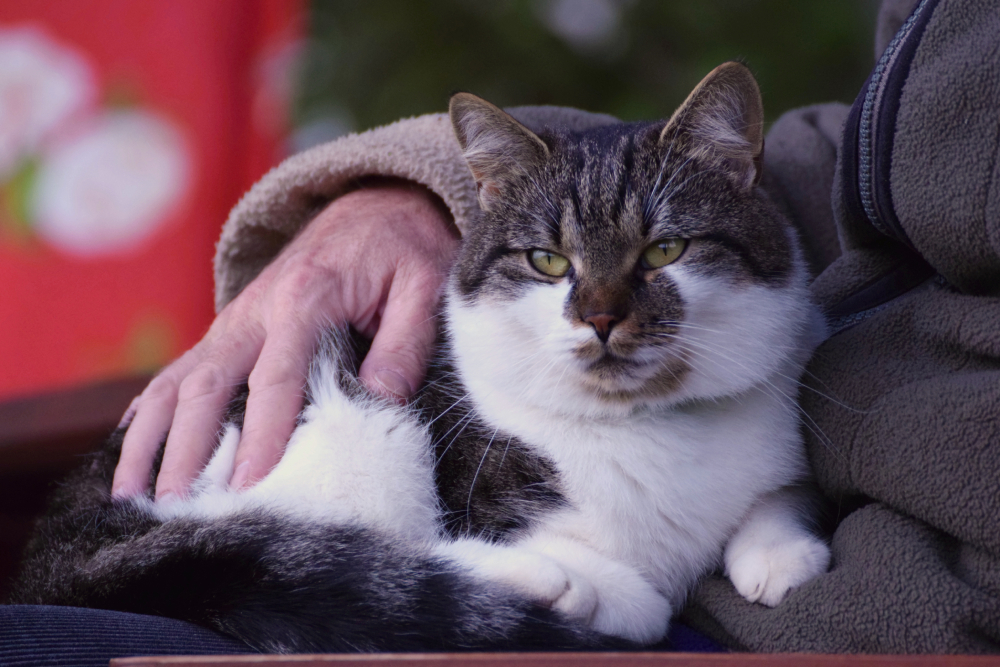
What Is the Biggest Problem Senior Cats Face?
Mobility is one of the biggest issues that senior cats face. They may no longer be able to access your couch, their litter box, or even their food and water bowl if they are kept up higher. So, it’s important that you find products that work with your cat’s abilities instead of against them. Here are some things to look for.
Choose Products That Are Low to the Ground
If your cat can no longer climb over things with high walls or sides, you want to give them something that is low to the ground. This can include litter boxes, cat beds, etc. Choose a litter box or bed with low sides and that sits flat on the ground.
Litter boxes with top entry or that are oversized may be more difficult for your cat to get into, so it can lead to problems with using the litter box, and your senior cat may feel the need to go elsewhere instead. This can be problematic because once your cat gets into the habit, it can be hard to reverse.
Also, if your cat actually uses a cat bed and doesn’t just pile up on your fresh, clean clothes, avoid elevated beds that your cat would have to jump up into.
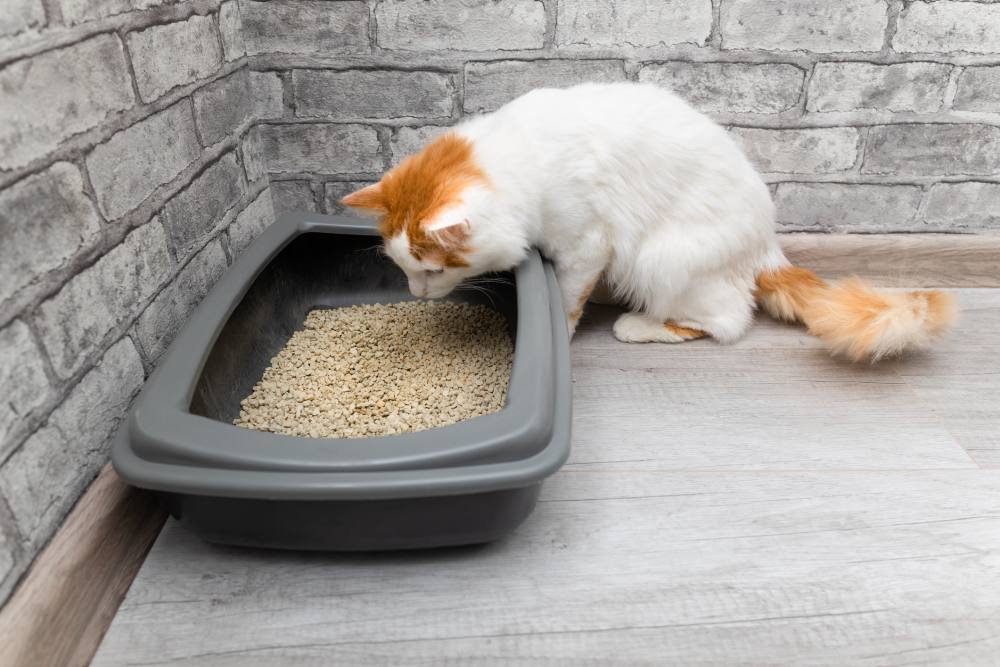
Raise Their Food Bowl
When we say raise their food bowl, we don’t mean put it on a higher surface. Instead, we mean to buy food bowls that are elevated slightly. So this is one area in which you may not want to have something that sits flat on the ground.
Just like cats with mobility issues can have a hard time jumping up onto things, they may also have a hard time bending over to eat. Raised food bowls allow your cat to eat in a more natural position that puts less stress on their joints.
There are a variety of raised food bowls out there made from different materials and that come in all different styles. So, you really have your preference as to which one you pick.
Make Furniture More Accessible
You don’t have to go out and buy all new furniture if you have a senior cat, but you may need to make your existing furniture more accessible. The most affordable way to do this is to buy a set of pet stairs or a pet ramp.
If your cat can no longer jump, pet stairs or a pet ramp can give your cat a way to easily get onto furniture, such as your bed or couch, or they can even be used to help your cat get into their favorite window.
Cat stairs and ramps come in different sizes, so make sure you measure what you’re using them with so that you can purchase the right size.
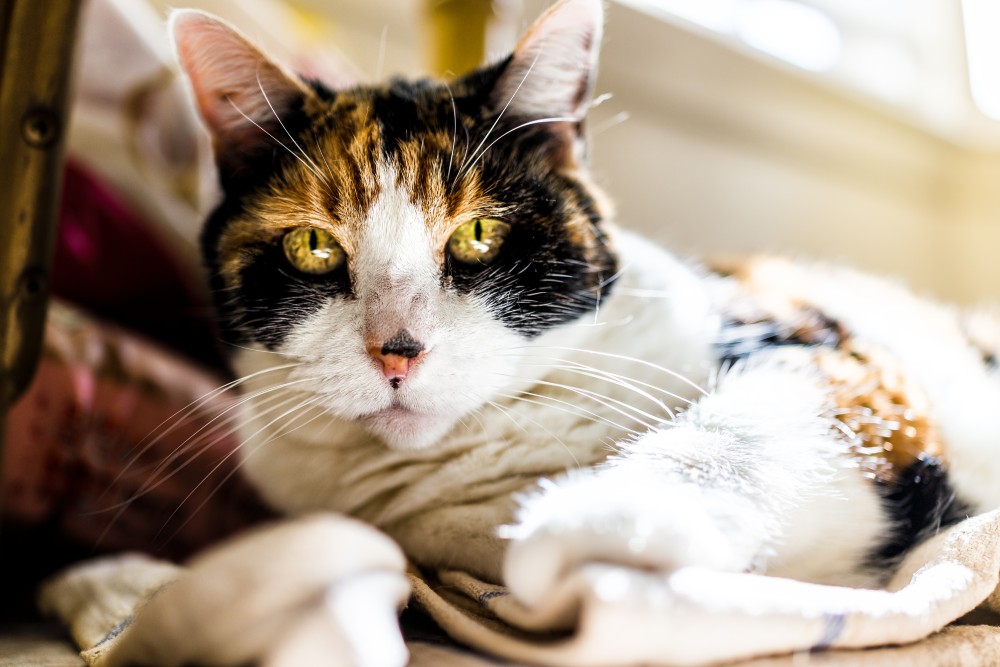
Conclusion
Now you can understand a little bit more about how to help your senior friend. As they wane in their golden years, you can give them the best life possible by making a few minor tweaks around the household.
You can use one or a combination of these suggestions to make your home more senior-friendly. You might even get creative and think of something entirely on your own.
See also:
- 8 Senior Cat Health Issues to Be Aware Of (Vet Answer)
- 5 Best Litter Box Ramps for Senior Cats – Reviews & Top Picks
Featured Image Credit: sophiecat, Shutterstock
Contents
- The 8 Products for Senior Cats
- 1. Proper Diet – Purina Pro Plan Vital Systems 4-in-1 formula
- 2. Mobility Collar – ActivPhy Hip & Joint Mobility Collar for Cats
- 3. Age-Appropriate Toys – Catit Senses 2.0 Wellness Center
- 4. Raised Bowls – SUNQEBO Elevated Cat Bowls
- 5. Easily Accessible Litter Box – Frisco Senior and Kitten Cat Litter Box
- 6. Pet Wipes – Hepper Pet Wash Wipes
- 7. Cat Steps – Frisco 18.5 or 24.5-inch 2-in-1 Cat & Dog Stairs
- 8. Cat Bed – Frisco SW Stripe Rectangular Cuddler
- Buyers Guide: Choosing the Best Products for Senior Cats
- What Food Is Best for Senior Cats?
- What Is the Biggest Problem Senior Cats Face?
- Choose Products That Are Low to the Ground
- Raise Their Food Bowl
- Make Furniture More Accessible
- Conclusion

